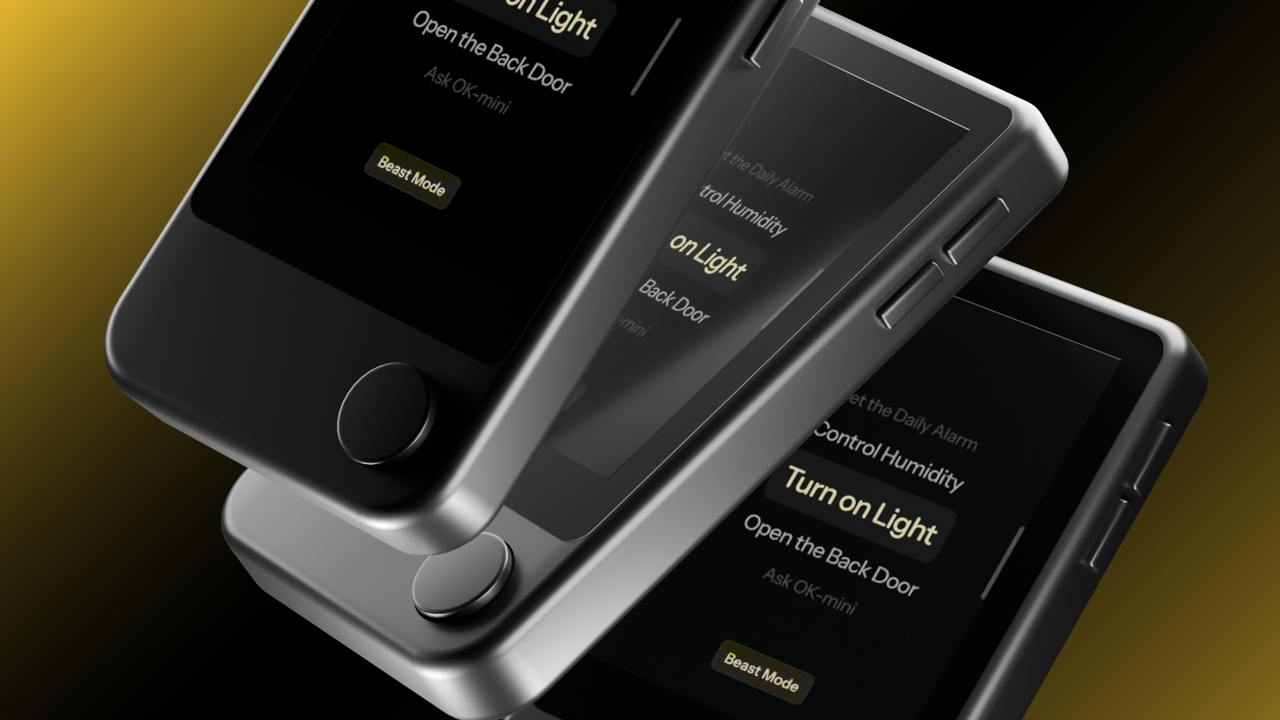Environmental Data Network
Various use cases of OK-mini and micro sensor nodes in environmental data collection.
Hyperlocal Environmental Monitoring remains a key issue in both well-developed and underserved regions. Across 10,000 cities worldwide, the number of cities with consistent and accurate environment monitoring remain severely limited. As such, key data such as air quality, wildfire smoke, noise pollution, CO2 levels, and many more are not reported, evaluated, and assessed properly. This presents major challenges during times of heightened pollution or even during natural disasters whereby speedy parsing of data is crucial.
Key Problems:
- Government data is sparse: Environmental sensors run by cities/governments are very spread out, sometimes only one station per several square kilometers.
- Indoor air quality data is practically nonexistent.
- Climate-sensitive populations (kids, elderly, pets) are impacted by air quality, noise levels, humidity, etc.
OKZOO’s Solution:
- Devices can also operate inside homes as well as in external environments.
- They can sense: temperature, humidity, CO2, VOCs, sound levels, light exposure, and more.
- This becomes critical microdata for health, safety, sleep quality, and even behavioral prediction for pets or kids.
We present several instances whereby community-driven collection of microdata across could have served as alternative sources of data that can be useful in tandem with official environment data channels. We emphasize that microdata is not a replacement to official environmental data collection and distribution. However, it presents more grassroots and network-driven data that can provide additional context to data collected by contracted third parties.

1. Wildfire Smoke & Air Quality Misreadings
During large wildfires (like those in California, Canada, or Australia), official air quality sensors are often too far apart to give accurate readings for specific neighborhoods.
Examples:
- In the 2023 Canadian wildfires, cities like New York and Chicago experienced massive haze events.
- EPA’s AirNow sensors showed "Moderate" AQI for some zip codes, while local consumer sensors (like PurpleAir) showed “Hazardous” levels just blocks away.
- This led to confusion and underreaction by residents, schools, and businesses.
2. Indoor Air Quality Is Mostly Ignored
Governments do not monitor indoor air quality — yet that’s where people spend ~90% of their time.
Examples:
- During COVID-19, health researchers urged tracking indoor CO2 levels (as a proxy for ventilation and virus risk).
- But no city or national governments tracked this.
- Parents, teachers, and workers were left guessing whether a space was safe.
- Schools that installed CO2 sensors often found dangerous levels — entirely missed by public data.
3. Urban Heat Islands Not Captured by Government Stations
In dense cities, some neighborhoods get far hotter than others due to concrete, lack of trees, etc. This is called the urban heat island effect.
Examples:
- A study in Los Angeles found that some neighborhoods were 15°F hotter than others — even though they were lumped under the same “official” weather reading.
- Elderly residents suffered heat strokes during this time, with emergency services unaware of the hyperlocal heat patterns.
4. Noise Pollution Rarely Measured
Noise is a serious issue affecting sleep, stress, and child development — yet there’s almost no public noise data in real time.
Examples:
- In many European cities, noise complaints during lockdown skyrocketed — but there was no objective data.
- Projects like NoiseTube (by Sony CSL) had to crowdsource the data to get any meaningful insights.
5. Developing Countries: Total Lack of Coverage
In many parts of the world — especially in Sub-Saharan Africa, South Asia, and rural Latin America — environmental sensor networks are almost nonexistent.
Examples:
- A 2022 UN report on air quality said only 31% of countries have reliable, real-time air quality data.
- Many cities rely on satellite estimates that are 24+ hours delayed and low-resolution.
6. Lack of Household Data Collection and Coordination
Smart home devices are often siloed (e.g., Alexa, Nest, Samsung SmartThings). There’s no open, decentralized coordination of environmental inputs and actions. Users don’t get rewarded for contributing data or insights.
OKZOO’s edge is that by acting as a bridge node, OKZOO pets could recommend:
- “Your room is too humid — open a window.”
- “High noise levels detected near the crib.”
- “Light cycles indicate disrupted sleep patterns — dim lights earlier.”
This creates a user-owned smart home ecosystem where behaviors aren’t just automated — they’re tokenized and composable across a network leading to optimal incentives from both monetary, efficiency, and entertainment perspectives.